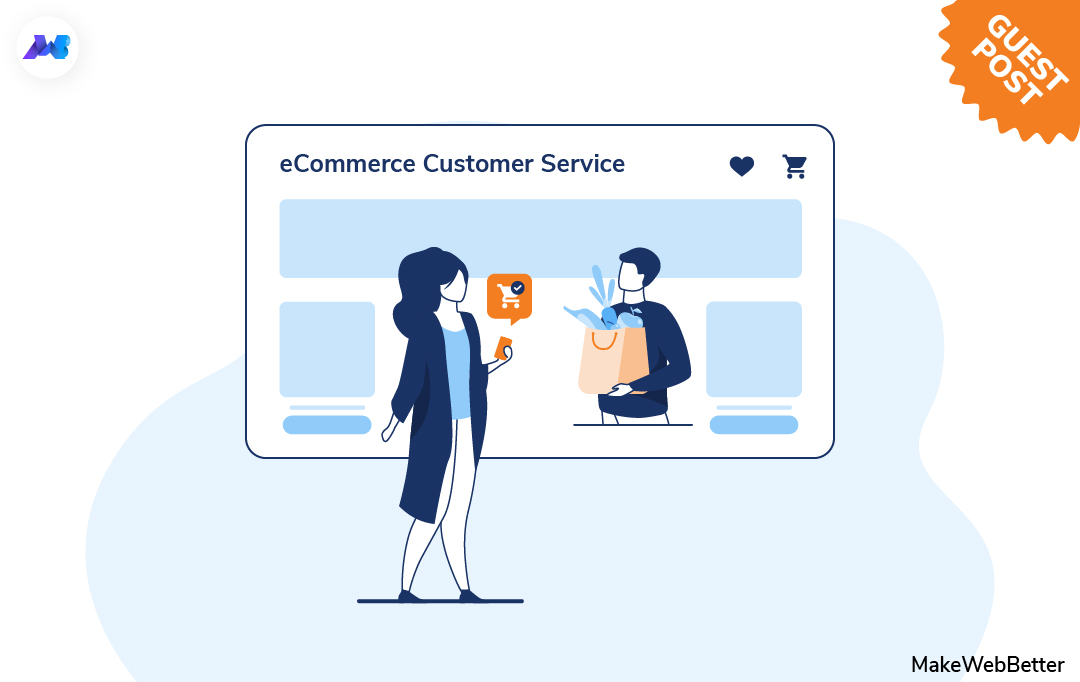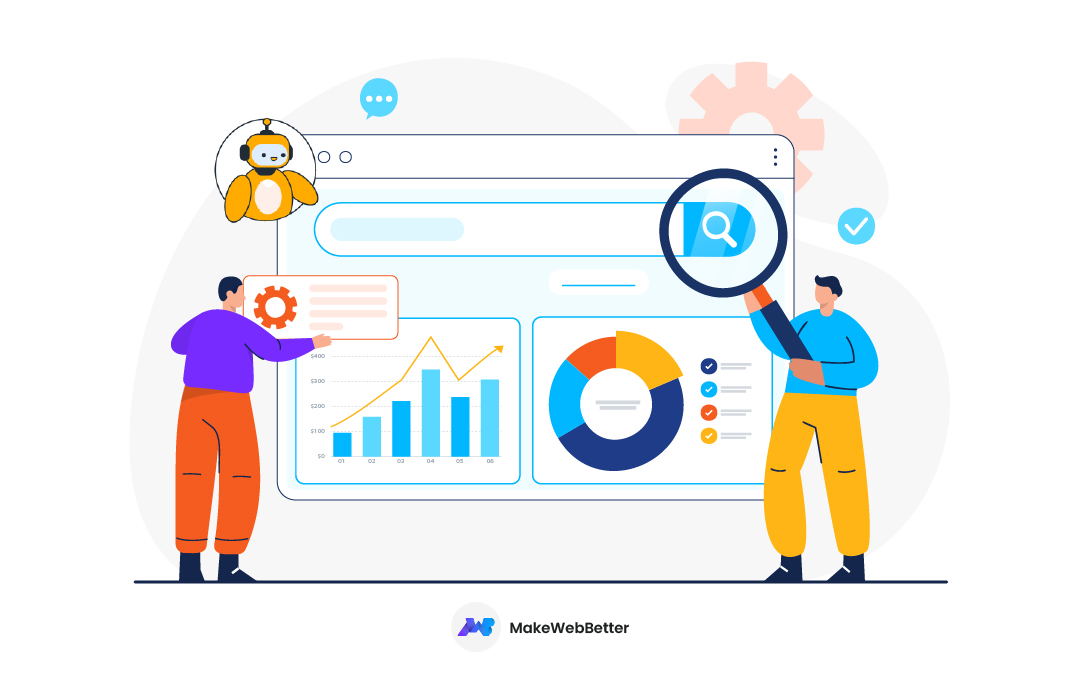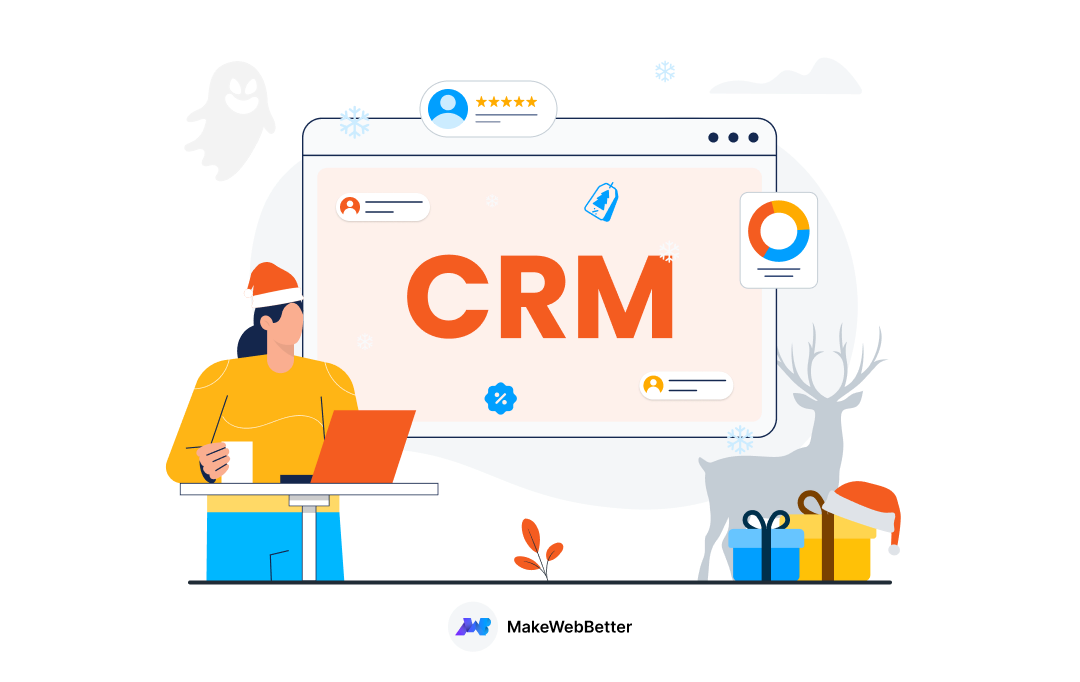eCommerce has a lot of advantages that brick-and-mortar shopping doesn’t. Consumers can shop anytime and from anywhere—the store is never closed, and it’s on your smartphone. It’s easy to comparison-shop to find lower prices or better selection. And the whole world (almost) is just a few clicks away so that shoppers can find even the most unusual items online.
However, in-person shopping offers one advantage that eCommerce can’t: instant gratification. In exchange for the many benefits of online shopping, consumers must have patience. But, as more people turn to eCommerce, that patience is wearing thin. Delivery time is a critical factor in shopping cart abandonment.
Poor customer service is a factor for 60% of online shoppers when deciding where to make a purchase. While speedy shipping isn’t an option for every eCommerce company, creativity and customer service savvy is essential to keep your eCommerce customers satisfied.
Keeping eCommerce Customers Happy with Fast Delivery
Two-day delivery was considered fast in the past, but now consumers increasingly expect one-day or even same-day delivery. They want eCommerce to deliver instant gratification. However, same-day shipping can complicate your order fulfillment. You must use multiple fulfillment centers to get your products close enough to your customers to deliver them quickly. Or you’ll need to use expedited shipping services and eat the extra cost since your customers want free or low-cost shipping.
The first step to meeting the needs of impatient online shoppers is to figure out how to deliver to them more quickly, either by using Fulfillment by Amazon(FBA) or an independent fulfillment provider.
Pros and Cons of FBA to Add Speed to Your eCommerce Delivery
If you sell on Amazon, you may be able to get access to Amazon’s vast network of fulfillment warehouses with Fulfillment by Amazon. For some sellers, this FBA is the perfect solution to make customers happy, but it can be a nightmare for others.
The benefits of FBA include:
- You can offer Prime delivery to your customers, which may give you an advantage in the competition for the Buy Box.
- Your only logistics management task is getting your products to the FBA warehouse; Amazon handles the rest.
- FBA lets Amazon place your products in any of its more than 100 U.S. fulfillment centers, so your items are closer to your customers.
However, Amazon fulfillment does have some disadvantages:
- Your orders will be delivered in Amazon packaging, so you lose a branding opportunity.
- FBA sometimes limits the number of stock sellers can place in its warehouses, particularly during peak times when the fulfillment center shelves are full. Stocking limits can make it hard for you to meet holiday demand for your products.
- Sellers have some horror stories about FBA, including products getting stuck in Amazon warehouses and issues of Amazon comingling your inventory with that of other sellers. We have heard from sellers who were forced to remove their merchandise from FBA warehouses on very short notice when space is tight, leaving them scrambling to find other fulfillment options.
The bottom line on Amazon FBA is that it can be a terrific option for the right seller. If you are an Amazon seller with smaller products that have a fast turnover and sales volume is high, then FBA may work well for you. Smaller sellers or businesses that sell bulky or oversized products may have a better experience with an independent 3PL.
How Your eCommerce Business Can Offer The Speed Your Consumers Want And Expect
You don’t have to run a huge business to meet the demands of consumers for fast eCommerce delivery. Here are a few best practices to design a fulfillment program that will increase your sales and customer loyalty:
- Be transparent about delivery times. Set a delivery expectation at checkout and send follow-up emails to let people know when their order has shipped and when it will arrive.
- Find a 3PL that offers same-day fulfillment. Same-day fulfillment gets each order out the door the same day that the customer places it. You can’t control how long the carrier takes to deliver a package, but you can shorten the cycle time between order and delivery by adding speed to your fulfillment operations.
- Offer several shipping options, including expedited delivery. Let your customers weigh the value of cheaper (or free) shipping against getting their order faster.
- Be ready to respond to customer service inquiries quickly.
Communication and customer service are essential to meeting consumer expectations.
Customer Service Challenges in The Age of COVID
Today, supply chain disruptions that show no signs of ending and could upend holiday shopping compound the challenge of meeting customer demands for fast delivery. The only upside of the ongoing production and transport delays is that they affect everyone, so you probably won’t lose a competitive advantage when your products are late. Consumers and eCommerce companies can’t avoid the challenges of post-pandemic holiday shopping.
On top of restricted supply, higher shipping costs have been fueling price increases. Add to that the frayed nerves of consumers due to the mass trauma of COVID. And, you have a recipe for customer service nightmares.
So how can you keep your business profitable when you’re caught between increasing consumer demands and the limits of production and delivery capacity? Enhancing your customer service is a great place to start.
7 Tips to Improve Your eCommerce Customer Service
Modern eCommerce consumers also demand personalized customer service. Fortunately, plenty of tools and strategies allow you to provide excellent customer service; whether your online business is small or large.
1. Set Realistic Expectations
While it’s true that you will lose some shoppers if your shipping times don’t meet their expectations, it’s essential to set realistic expectations. It’s better to be on time with a 5-day delivery window than late for 2-day delivery.
2. Communicate Often
You can’t control every step of the order processing and delivery process, but you can communicate with your customer. If a shopper knows a package is on its way and can track its progress, that information will reassure them, even if delivery takes longer than expected.
When supply chain disruptions delay an order, contact the customer and give them the new delivery date. They may not be happy to wait, but they will appreciate being kept in the loop.
3. Respond Quickly
Customer communication today can’t be a one-way conversation. Give your customers a way to reach you and respond quickly. That doesn’t mean you need to have customer service agents taking calls at all hours. Al can help you keep your customers happy 24/7.
4. Offer Customer Service via Social Media
You’ve got to meet your customers where they are, and that’s on social media. Customer service on social media offers two benefits to your eCommerce brand.
First, social gives customers a fast and easy way to reach you when they have a customer service question. Consumers, especially younger generations, don’t like to make calls; 64% prefer to reach out via messaging.
Second, by scanning social channels for complaints and responding quickly and publicly, you do damage control. A friendly, helpful response from your social customer service account can undercut negative messaging that might otherwise hurt your brand.
Social media management apps will help you monitor mentions and respond quickly. You can program alerts so a live agent can jump into the conversation when needed.
Increase the Power of Your Customer Service With Chatbots
A whopping 82% of shoppers want instant answers to their questions. Fortunately, 77% are happy to get those answers from an app rather than a human.
A chatbot is an AI programmed to recognize and answer your most common customer questions. Chatbots can appear as popup text boxes or use voice automation. The bot will forward more complex questions to a human agent.
Most importantly, chatbot AI allows you to give consumers instant responses to their questions 24/7. That will earn you goodwill, even if they have to wait till business hours to get more information from a human.
Chatbots may not eliminate the need for human customer service representatives. But, they allow your employees to spend their time more productively. For example, Salesforce found that customer service agents at companies that used chatbots spent 64% of their time working on the most complicated issues. Compare that with agents at businesses without chatbots to provide the first layer of customer service, who spent half their time solving simple problems.
You can use one of the many chatbot apps to easily add this function to your eCommerce store. Consumers will appreciate getting quick answers to your questions, you’ll save time and money on customer service, and your staff can spend their customer service time more productively.
Automate As Many Customer Service Functions As Possible
Chatbots are just one of many automation options for customer service. There’s a universe of customer service software that can help you power up your customer support operations.
In addition to chatbots and social media management apps, here are some of the ways that customer service software can improve the customer experience while reducing costs:
- Helpdesk software can manage customer inquiries and route questions to the right staff member to respond faster.
- Email automation apps use keywords in customer emails to provide more personalized automated responses, track customer service requests, and send emails to the correct department.
- Inbound support software can help you maximize the effectiveness of your live support. Plus, voice prompts can provide the initial screening, allowing your staff to solve problems more quickly.
All customer service automation solutions will give you a significant additional benefit: analytics. Data on your customer service issues and processes can give you valuable insight to help you to better understand and meet consumer expectations.
Compensate Customers With Coupons
Sometimes, there’s just no way to avoid a situation that makes a customer unhappy. However, you don’t have to give up on that customer. It’s easy to create coupons for your online store to generate goodwill with a customer who’s had a negative experience. Plus, coupons allow you to be generous without going out of pocket.
Customer Service Questions are Vital Customer Feedback
While it’s true that customer service is an expense that cuts into your profit margins, you can also view it as a helpful channel for customer feedback.
In brick-and-mortar stores, customer feedback is instantaneous. The customer interacts with a salesperson, who can answer their questions, provide guidance on product selection, and listen to comments and questions. In eCommerce, customer service queries are one of the few two-way interactions between a business and its customers.
You could conduct consumer surveys to discover what your potential customers are thinking—and you probably should. But you also have a trove of consumer data from your customer service contacts, particularly if you use automation software that can help aggregate and analyze your data.
Suppose you get lots of calls from people who can’t figure out how to assemble a table that ships flat-packed—that’s feedback telling you to revise your assembly instructions. Or you might get lots of questions about the sizing of your clothing line, and that is a sign that you were too clever with your custom sizing.
Customer service is a hassle. But, it’s also an opportunity to listen to your customers and use their feedback to grow your brand. If you manage it wisely, you can use your customer service to meet consumer expectations and grow your brand.
Your Customer Service Strategy Should Start Long Before The Customer Interaction
Increased consumer demands are a fact of life in modern eCommerce. So, savvy business owners will develop proactive strategies to deal with customer expectations rather than reacting to customer service challenges.
Consider including these elements in your customer happiness plan:
Pro Tip: Same-day shipping is a tall order for most eCommerce companies. But, you can shorten your delivery window with same-day fulfillment. If your logistics includes several days between when the customer places the order and when it leaves the warehouse, the customer perceives that as a longer shipping window. Same-day fulfillment gets your orders out fast and can compensate for delivery delays.
- Marketing and communications that remind customers that your online store is their happy place.
- Fast, accurate fulfillment services that get the correct orders to the right customers.
- Contingency plans for each segment of your supply chain, including backup suppliers and alternative delivery options, to minimize stockouts and backorders.
- Automate as much of your eCommerce operations as possible to free you and your staff to handle any crises that may occur.
This holiday eCommerce season is likely to be busy, challenging—and very profitable if you plan well.











